When I first visited Rome, I was struck by how the city seemed to rise and fall in gentle waves across the landscape. What I didn’t realize then was that I was experiencing the famous Seven Hills of Rome – the Palatine, Capitoline, Aventine, Esquiline, Quirinal, Viminal, and Caelian.
These seven hills formed the geographical heart of ancient Rome and played a crucial role in the city’s foundation and expansion from a small settlement to the center of a mighty empire.
Walking these hills today, you can still feel the weight of history beneath your feet. The Palatine Hill, where Rome’s legendary founder Romulus supposedly established the city, offers stunning views and ruins of imperial palaces. The Capitoline, once the religious center, now hosts museums filled with ancient treasures.
Each hill tells its own story, from the Aventine’s plebeian roots to the luxurious villas that once crowned the Esquiline.
I’ve spent countless hours exploring these ancient elevations, and I’ve come to understand that they’re more than just geographical features. They represent the very foundation of Roman identity and power. As you journey through Rome with me, we’ll discover how these seven peaks shaped not just the physical landscape but the cultural, political, and social fabric of one of history’s greatest civilizations.
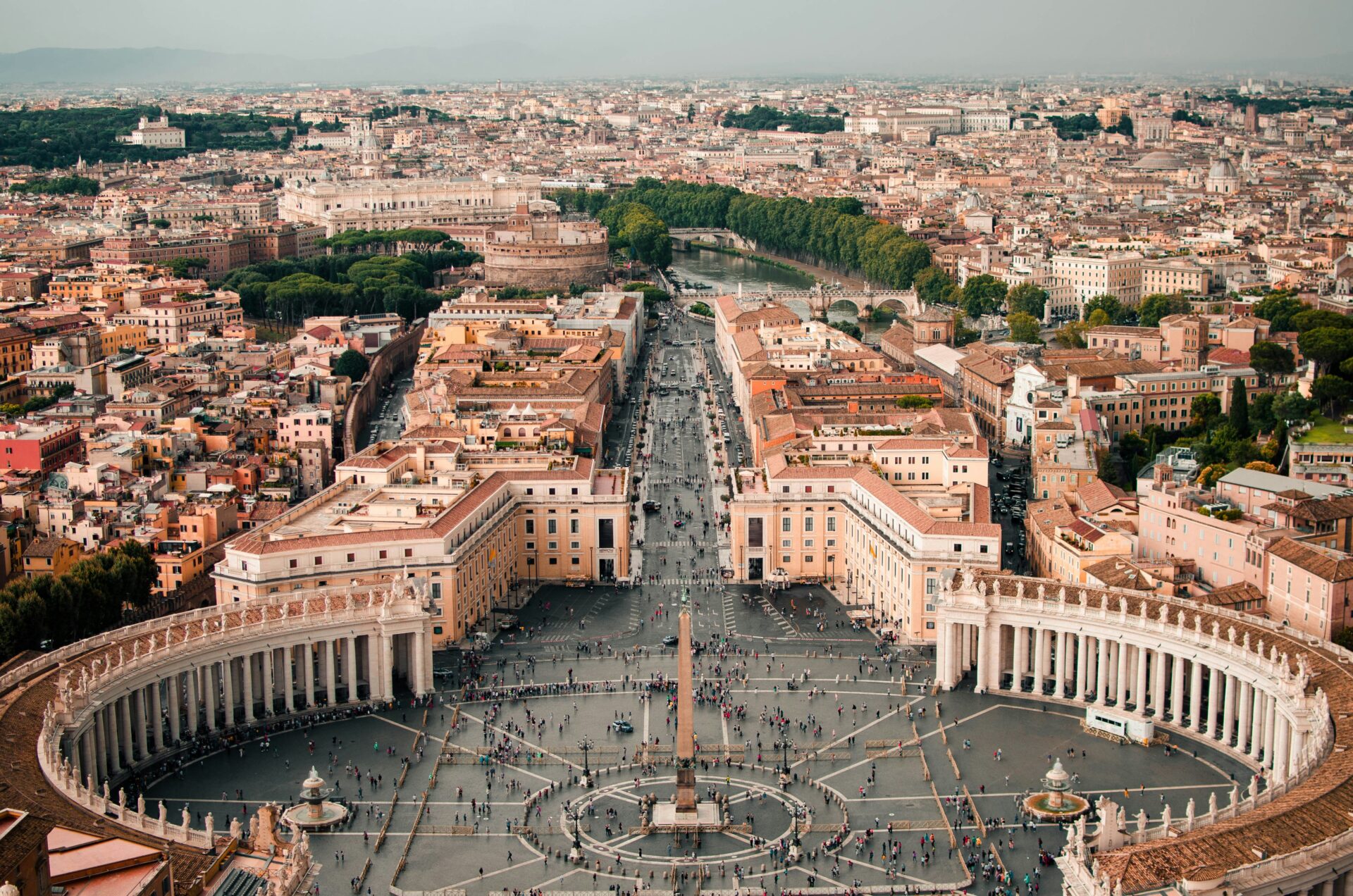
The Mythological Beginnings
Rome’s founding story is steeped in myth and legend, with the city’s birth closely tied to divine intervention, heroic twins, and the seven hills that would become its foundation.
Romulus and Remus: The Legendary Twins
According to Roman mythology, Rome was founded in 753 BC by Romulus, one of twin brothers born to the Vestal priestess Rea Silvia and the god of war, Mars. The story tells us that the twins were abandoned as infants when their great-uncle seized power. Their mother’s position as a Vestal meant her pregnancy was forbidden, adding tension to this ancient tale.
The twins were placed in a basket and set adrift on the Tiber River. This dramatic beginning established a divine connection for Rome from its earliest days. I’ve always found it fascinating how the Romans traced their city’s origins directly to a god, giving Ancient Rome a sense of divine purpose from its foundation.
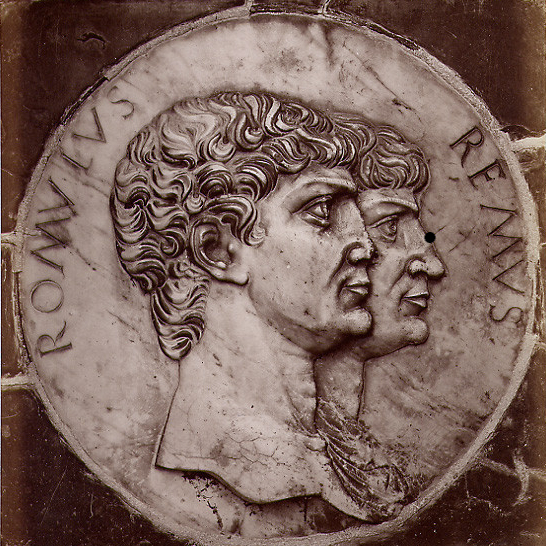
The Shepherd and the She-Wolf: Founding Symbols
When exploring Rome’s ancient sites, I’m always struck by the powerful image of the she-wolf nursing the twin boys. This iconic symbol appears throughout the city. After washing ashore, Romulus and Remus were discovered and nursed by a she-wolf before being found by a shepherd named Faustulus.
As the twins grew into young men, they decided to build a city where they had been rescued. However, a bitter dispute arose between them over which hill to build on. Romulus chose Palatine Hill, while Remus preferred Aventine Hill.
The conflict ended tragically when Romulus killed his brother in anger. Romulus then completed the founding of Rome, named after himself, and became its first king. This violent beginning marked Rome’s foundation with both divine blessing and human conflict—themes that would echo throughout its history.
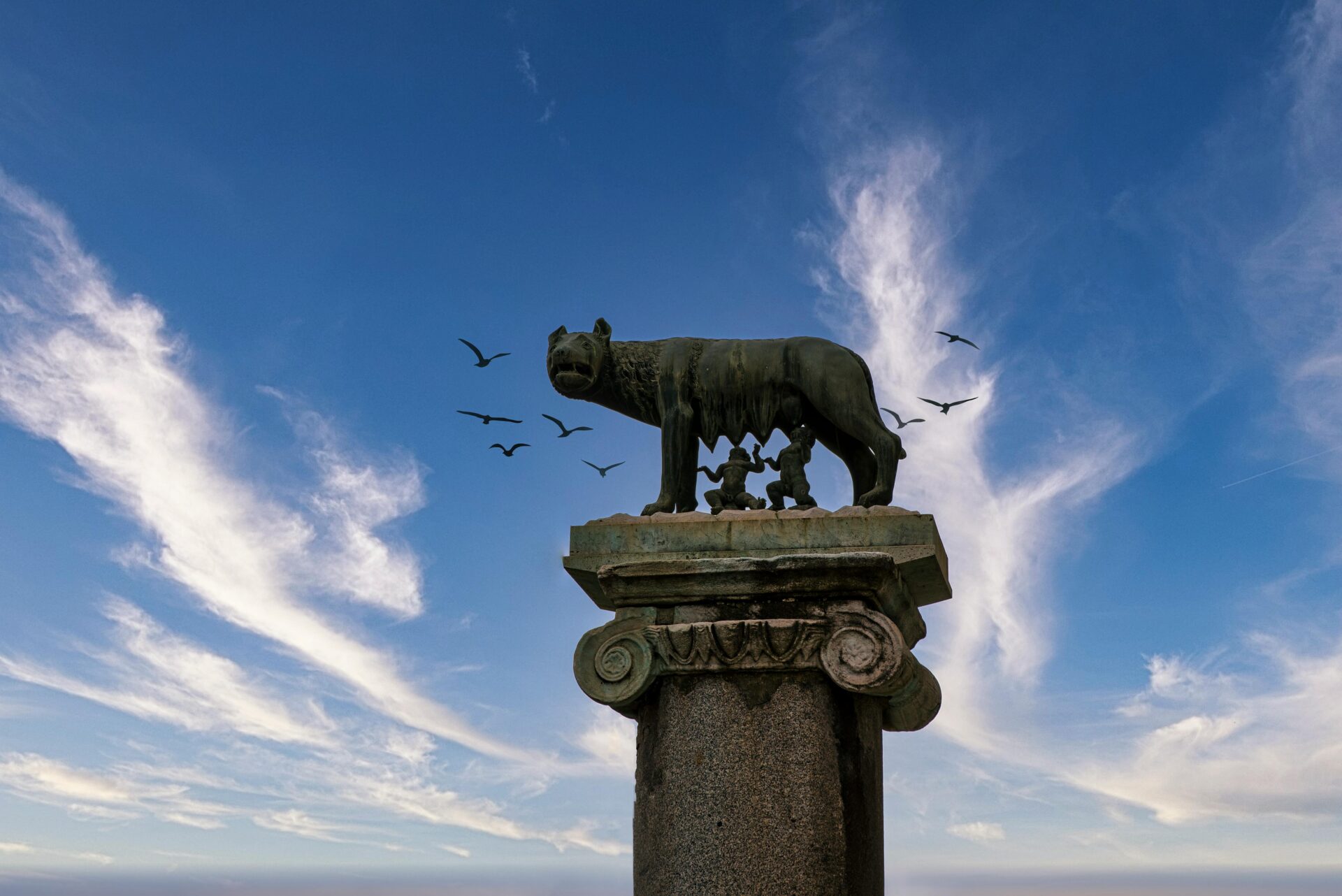
Geography and Topography
Rome’s unique landscape shaped its development from village to empire. The seven hills provided natural protection while the Tiber River offered vital water access and transportation routes.
Mapping the Hills: Rome’s Varied Landscape
The seven hills of Rome formed the geographical heart from which the ancient city grew. These hills include the Palatine, Capitoline, Aventine, Esquiline, Quirinal, Caelian, and Viminal. When I visited the Palatine Hill, I was struck by its strategic height advantages—no wonder it became the seat of imperial power!
Each hill has a distinct character. The Capitoline served as Rome’s religious center, while the Aventine was historically associated with the plebeian class. Today, five of these hills house monuments, buildings, and parks.
The varied elevations created natural plateaus perfect for defense. I noticed how the hills’ slopes would have slowed attacking armies, giving defenders crucial advantages. The hills also provided excellent building materials from local quarries.
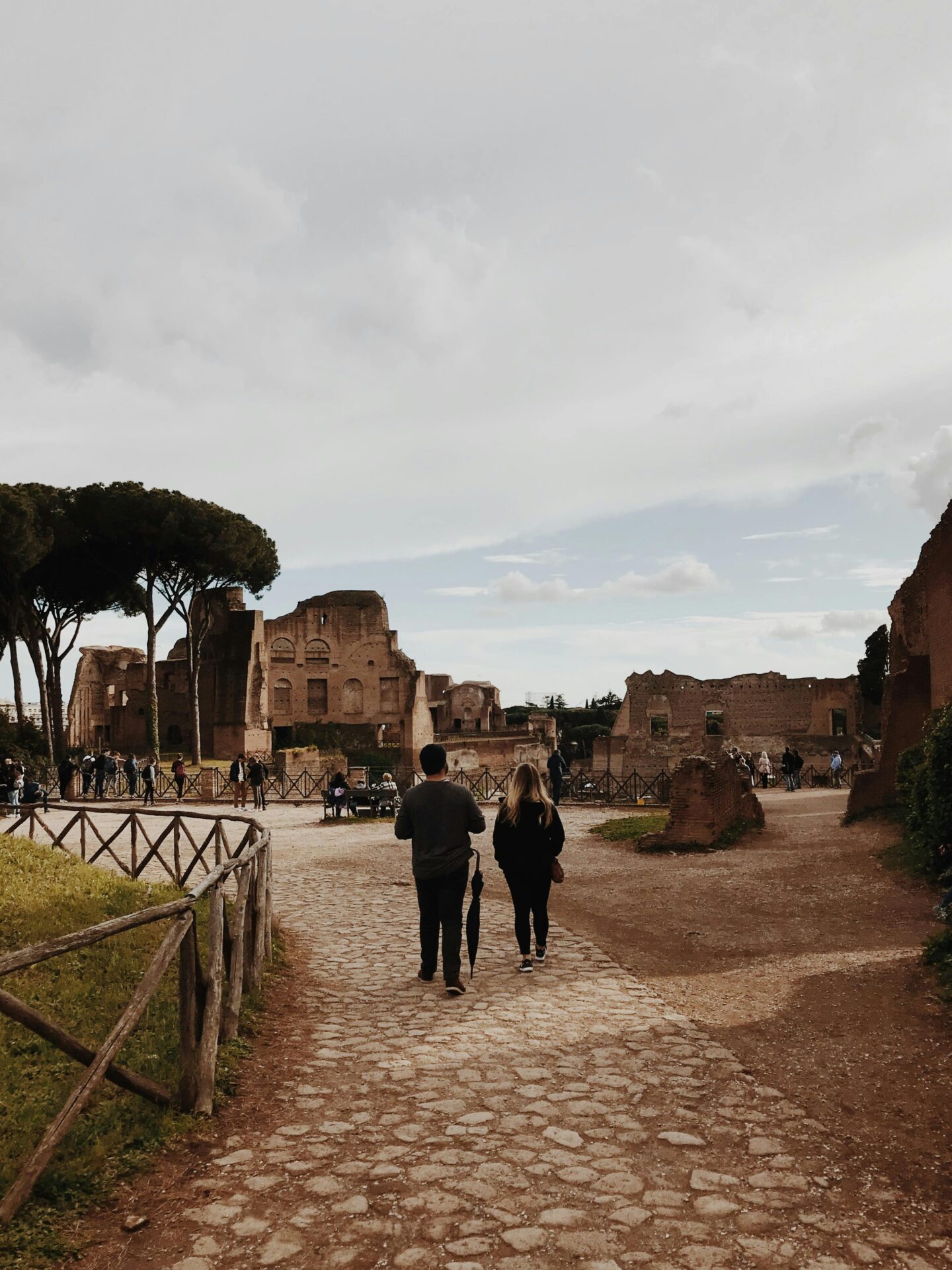
The Tiber River’s Role in Settlement and Defense
The Tiber River was critical to Rome’s foundation and growth. Located just sixteen miles inland from the sea, early Rome enjoyed river access to the Mediterranean while remaining protected from naval raids.
When I stood on the riverbank, I understood why early settlers chose this spot. The river provided:
- Fresh water for drinking and agriculture
- A natural boundary for defense
- Transportation routes for trade and commerce
- Flood plains with fertile soil for farming
The river’s bend created a natural harbor area where goods could be loaded and unloaded. This commercial advantage helped Rome develop into a trading hub before it became an imperial power.
Clean drinking water was particularly important, with springs from the nearby Apennine mountains supplying the growing city through aqueducts I traced during my explorations.
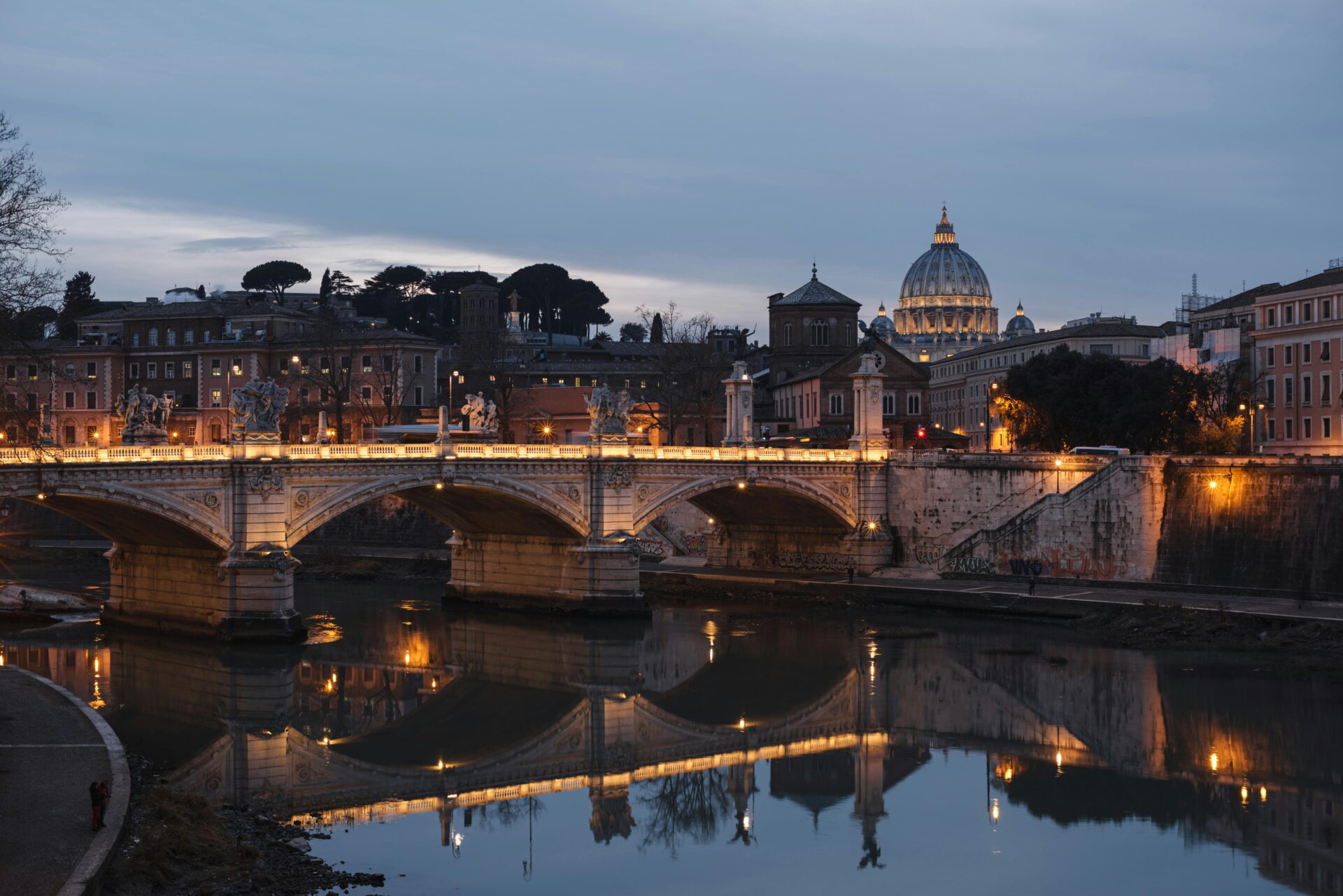
Historical Significance
The Seven Hills of Rome served as the foundation upon which one of history’s greatest civilizations was built. These ancient elevations not only shaped the physical layout of the city but also influenced its political, religious, and social development throughout the centuries.
Founding Rome: From Settlements to Empire
The story of Rome begins on the Palatine Hill, where according to legend, Romulus founded the city in 753 BCE after killing his twin brother Remus. Archaeological evidence confirms that the Palatine was one of the earliest settled areas, with remains dating back to the 10th century BCE.
The original settlement was small, but strategic. It overlooked the Tiber River and had natural defenses that protected early inhabitants from flooding and attacks.
As Rome grew, each hill took on distinct roles. The Palatine became the prestigious residential area where I often imagine the wealthy Romans building elaborate homes with spectacular views of the growing city below.
The Forum developed in the valley between the hills, becoming the heart of civic life where I can still feel echoes of ancient debates and celebrations when visiting today.
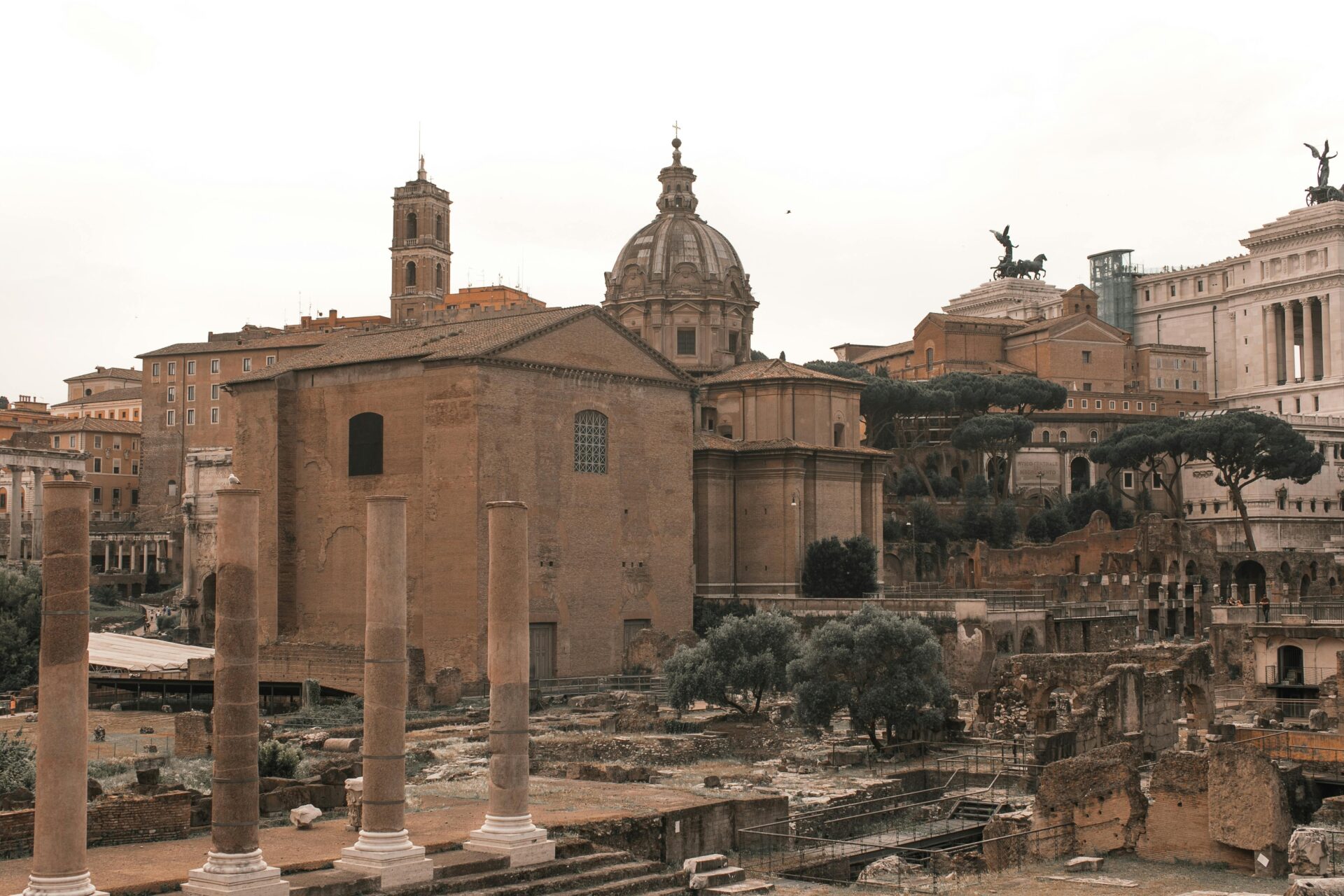
The Etruscans and Latins: Pre-Roman Influences
Before Rome became Rome, the area was home to Latin and Etruscan settlements. The Etruscans, with their advanced civilization, significantly influenced early Roman culture and urban development.
The last three kings of Rome were Etruscan, including Tarquinius Superbus, whose overthrow led to the Roman Republic. Their legacy lives on in Roman engineering, religious practices, and even fashion.
The Latin tribes originally settled the hills as separate villages. I find it fascinating how these distinct communities gradually united through both conflict and cooperation.
The Capitoline Hill became particularly important during this period as the religious center where temples to Roman gods stood. Today, when I visit the Capitoline Museums, I’m walking the same ground where Rome’s earliest religious ceremonies took place.
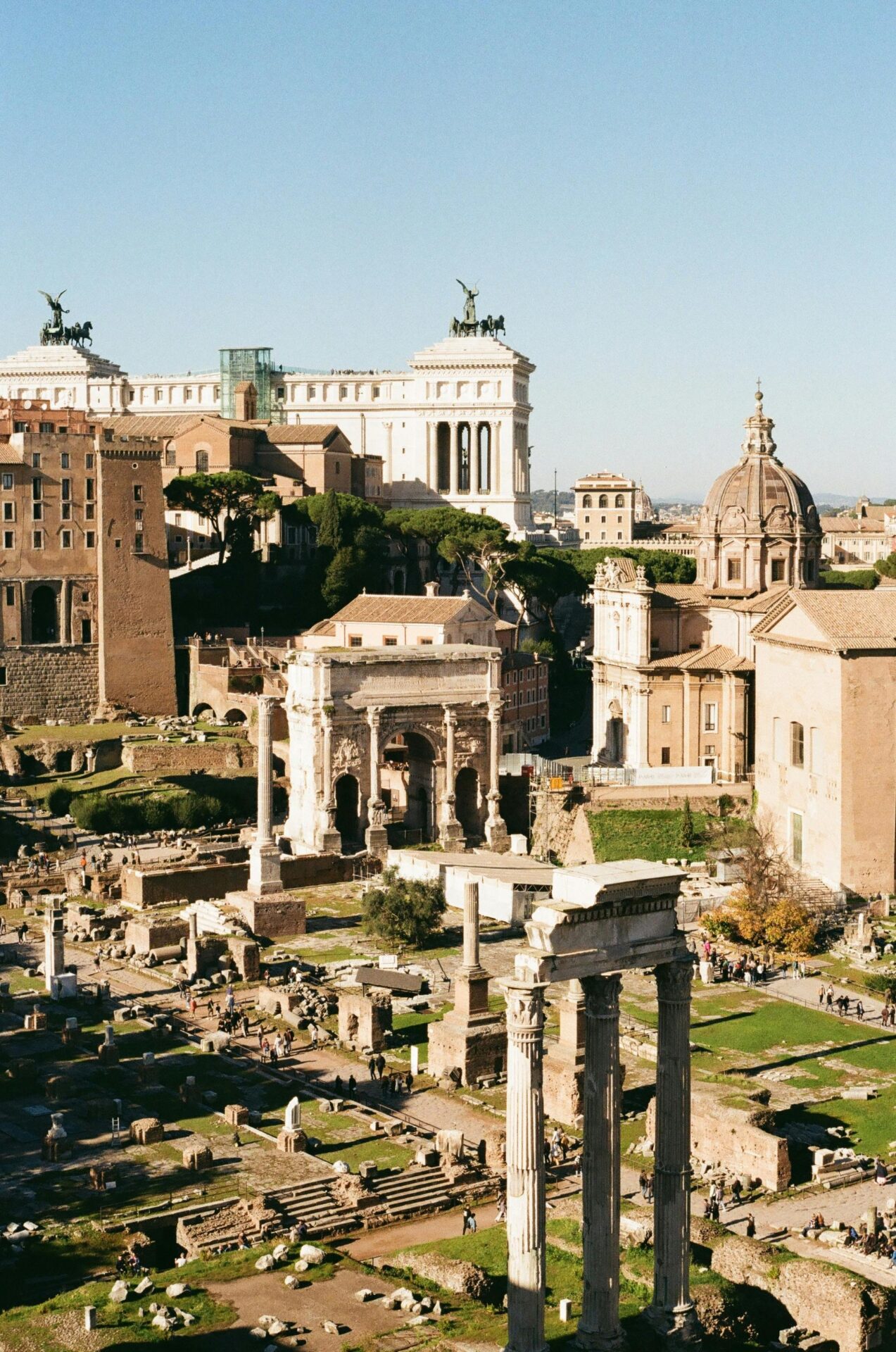
Imperial Footprints: Augustus and the Emperors
The Palatine Hill reached its peak of importance during the Imperial age. Augustus, Rome’s first emperor, chose to build his palace there, establishing a tradition that later emperors would follow and expand upon.
I’ve walked through the ruins of these imperial palaces, marveling at how each successive emperor built more elaborate structures. Domitian’s palace was particularly massive, with separate public and private sections.
Julius Caesar transformed the Roman Forum at the base of the hills, while later emperors like Marcus Aurelius continued to honor the sacred nature of these ancient elevations.
The imperial presence on the hills created a physical manifestation of power. From their elevated positions, emperors could literally look down upon the city they ruled, a symbolic arrangement I find perfectly captures the hierarchy of Roman society.
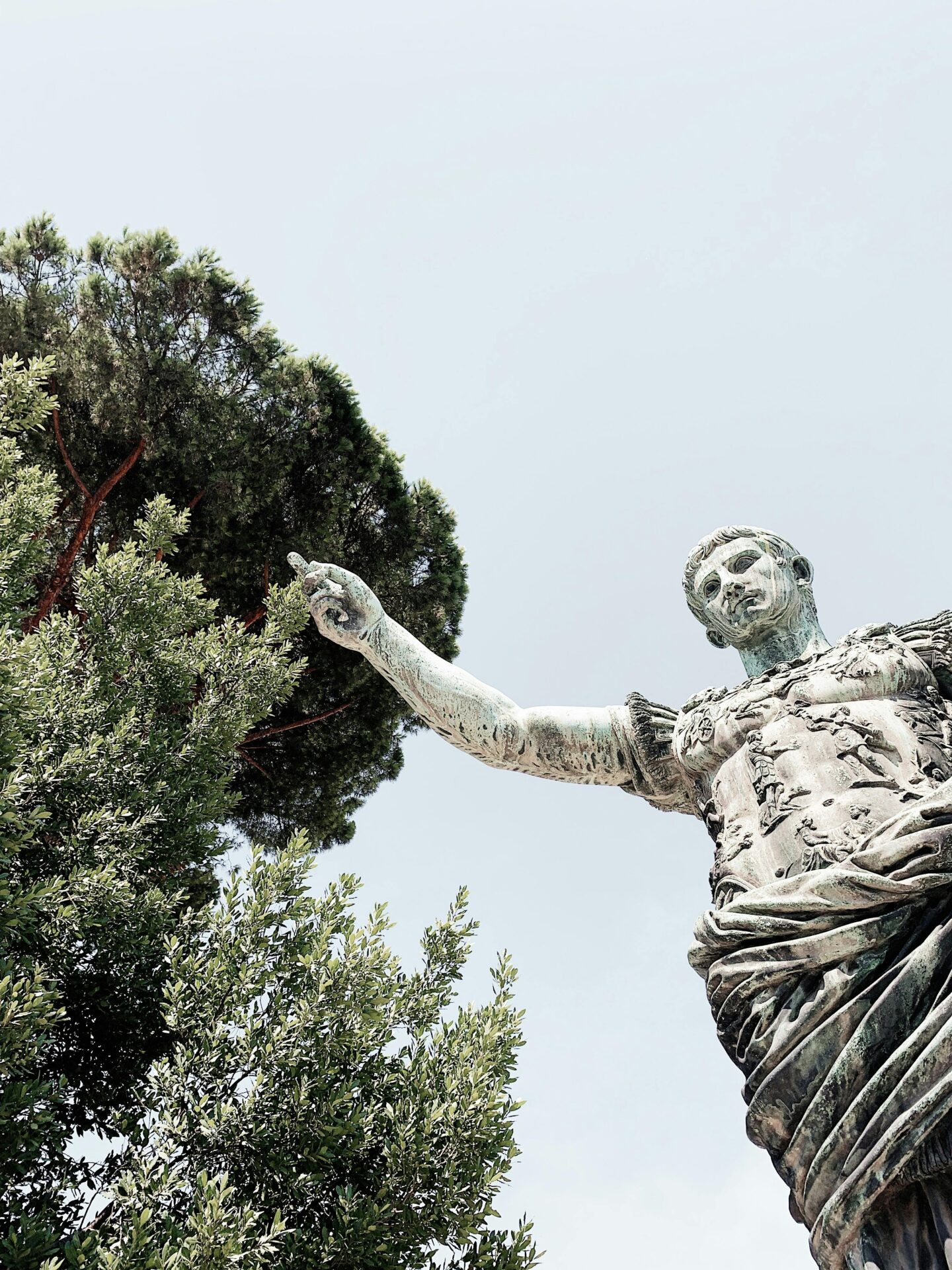
Archaeological Wonders
Rome’s ancient hills reveal remarkable archaeological treasures that transport visitors back through centuries of history. These excavation sites offer glimpses into the daily lives of Romans, their magnificent structures, and the evolution of one of history’s greatest civilizations.
Uncovering Rome: Excavations and Discoveries
Walking through Rome’s archaeological sites feels like stepping into a time machine. Excavations across the seven hills have revealed layer upon layer of history, with each decade bringing new discoveries.
The most fascinating finds often come from ordinary places. Workers digging for modern subway lines frequently unearth ancient artifacts, delaying construction but enriching our understanding of Roman life.
I was amazed by the preservation techniques archaeologists use. Many frescoes maintain their vibrant colors despite being buried for centuries. The careful excavation work means we can see homes, shops, and public spaces almost as they were 2,000 years ago.
Some discoveries are surprisingly mundane yet fascinating – ancient graffiti, gaming boards carved into marble, and everyday tools that connect us to people who lived millennia ago.
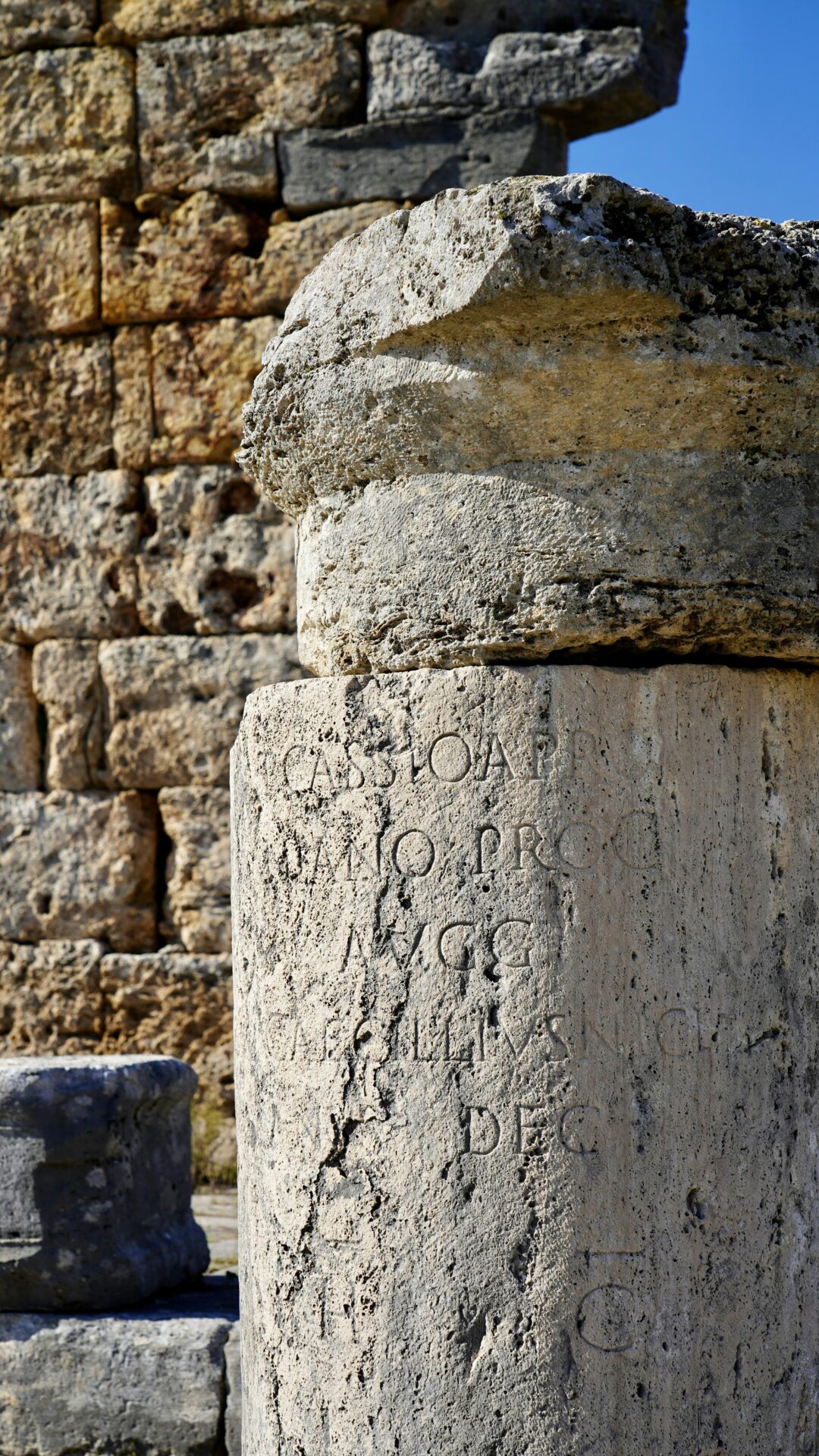
The Heart of Public Life: Roman Forum and Colosseum
The Roman Forum sits nestled between the Palatine and Capitoline Hills as the beating heart of ancient Rome. I spent hours wandering among its temples, basilicas, and arches, imagining the bustling marketplace it once was.
The Forum witnessed everything from political speeches to triumphal processions. The Temple of Saturn housed the city treasury, while the House of the Vestals sheltered Rome’s sacred priestesses.
Nearby stands the magnificent Colosseum, an engineering marvel completed in 80 CE. Its complex system of underground chambers (the hypogeum) housed animals and gladiators before they emerged to fight.
What impressed me most was how these structures influenced architecture worldwide. The arches, columns, and domes pioneered here were revolutionary and continue to inspire buildings today.

Palatine Hill’s Layers: Domus Augustana to Imperial Palaces
Climbing Palatine Hill offers spectacular views and access to Rome’s most exclusive archaeological treasures. This is where emperors built their luxurious homes, beginning with Augustus’s relatively modest Domus Augusti.
The frescoes in the House of Livia (Augustus’s wife) remain remarkably intact. Their vivid garden scenes transport you directly into an ancient Roman home. I found myself standing in silent awe before walls painted over 2,000 years ago.
Later emperors built increasingly lavish palaces. Domitian’s sprawling complex included the Domus Augustana with its grand courtyards and private apartments. The engineering required to create these massive structures on the hillside is mind-boggling.
Archaeological work continues today, with new sections regularly opening to visitors. Each discovery adds another piece to the puzzle of understanding how Rome’s most powerful residents lived atop this prestigious hill.
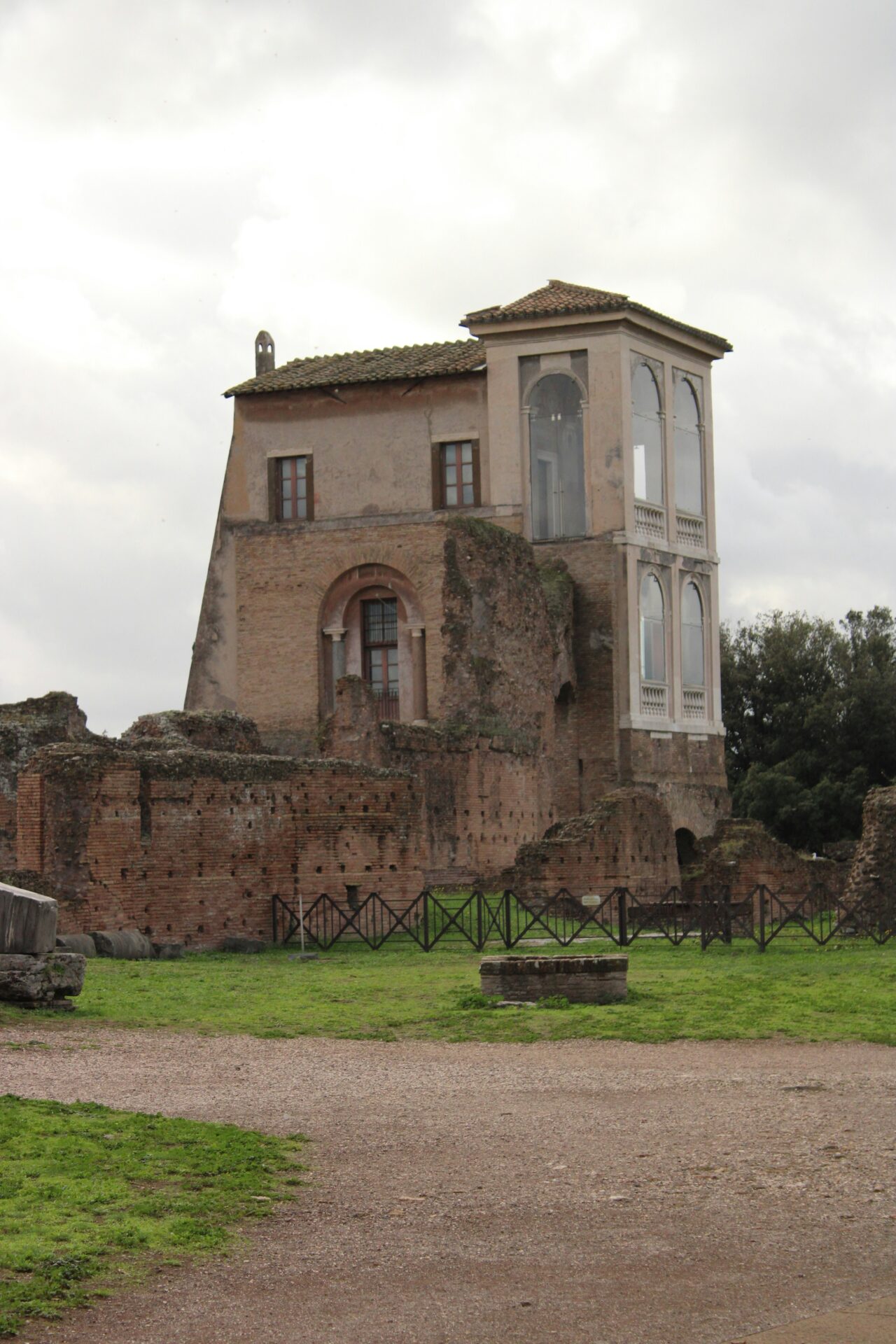
Innovations and Contributions
The ancient Romans transformed their seven hills into a showcase of technological and cultural advancement. Their innovations in building techniques and public spaces allowed them to create structures that reflected both practicality and artistic vision.
Engineering Excellence: Building Techniques and Solutions
The Romans revolutionized construction with their mastery of concrete, a material I find absolutely fascinating for its durability. When I visited the Palatine Hill, I was amazed to see structures still standing after 2,000 years. They created a waterproof version that allowed for magnificent aqueducts to bring fresh water to the city from miles away.
Arches became a signature of Roman engineering. Unlike earlier civilizations that relied on post-and-lintel systems, Roman architects used arches to distribute weight evenly. This innovation allowed them to build massive structures like the Colosseum.
Their roads connected the empire with a network spanning over 250,000 miles. Many of these roads still exist today, showcasing the Romans’ expert understanding of drainage and durability.
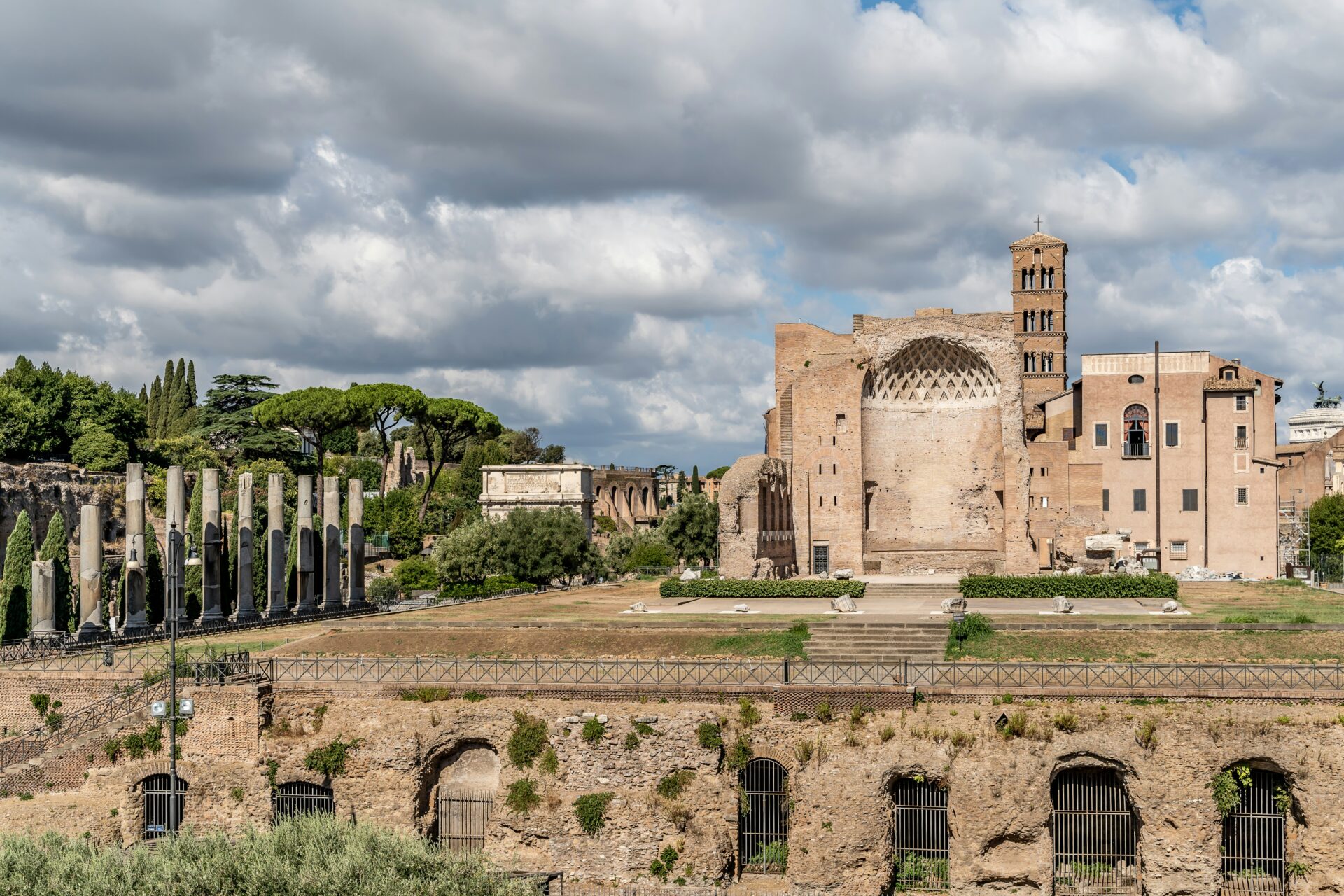
Cultural Evolution: From Religious Structures to Public Arenas
Walking through Rome today, I’m struck by how the Romans used their hills to showcase cultural priorities. The Circus Maximus, nestled between the Palatine and Aventine Hills, could hold 150,000 spectators for chariot races and other events.
Religious buildings evolved from simple temples to complex structures. Santa Maria Maggiore stands on the Esquiline Hill, built on the site of an ancient temple. The unique Santo Stefano Rotondo on the Caelian Hill shows how Roman circular design influenced early Christian architecture.
Public spaces became increasingly important. Forums weren’t just marketplaces but centers for political debates, religious ceremonies, and social gatherings. The Romans understood that innovation wasn’t just about building techniques but creating spaces where culture could flourish.

